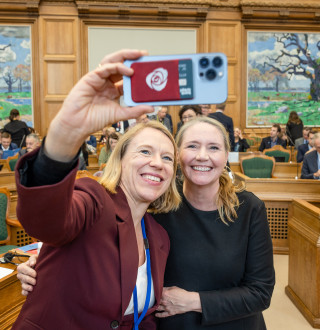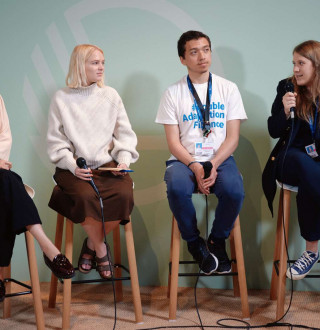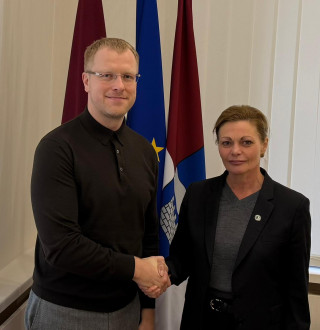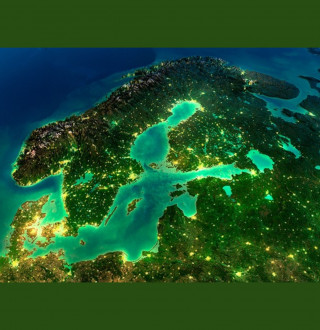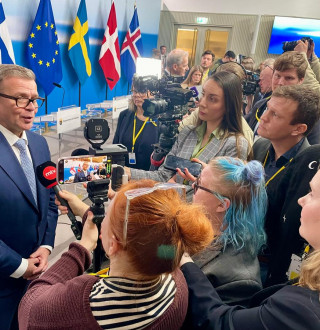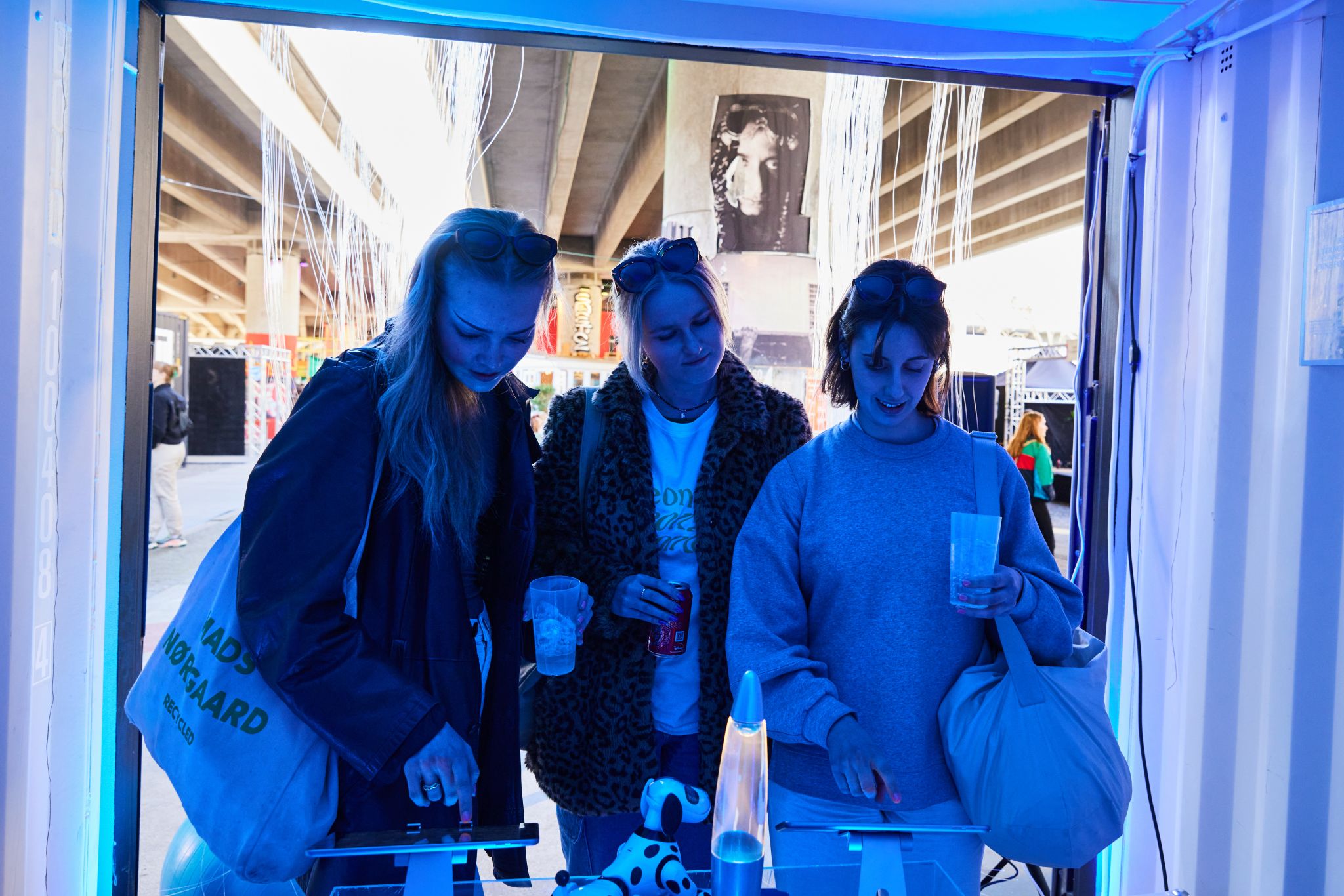The Nordics have an advanced teaching programme intended to get youth interested in the election and democracy processes at school age. The official voting age is 18; however, in the Nordics mock elections are held at schools for youth under 18. The aim is to raise interest in politics among youngsters, to give an introduction into politics and help to understand the political landscape with different candidates, political fractions and parties.
Mock elections replicate national-level elections yet are held only at schools. The votes are counted, and the results are presented and compared among the schools, but are not included in the counting of votes cast at the official elections by adult voters. In the Nordics, mock elections can be hosted by different organisations such as the youth council. They take place in schools and allow the underaged to experience the voting. Mock elections are held simultaneously with the actual government (or presidential) elections.
Schools in Finland recently held a mock presidential election. Finland’s National Youth Council Allianssi has been organising mock elections since 1960. This year 545 schools participated in the mock presidential election, including primary schools, secondary schools, and technical schools. To put in perspective, there are around 2400 schools providing general education in Finland. Over 94000 votes came in with the winner being the same as the frontrunner at the official election: Alexander Stubb. Voters turnout for the previous presidential election in schools was around 68 000, making this year’s figure an increase by 37.9%.
The interest and knowledge among pupils about the different political fractions and parties tend to increase after participating at the mock election. Besides raising awareness of the general election process, this helps young people to formulate their own political opinion. Although pupils at that age tend not to take the election process seriously, the Nordic countries are convinced that educational campaigns about the right to vote and the implications of election on the future should continue.
School-age children tend to put more thought in the voting process when they understand what the different fractions stand for and if they share their values. This helps them to arrive at individually reasoned decision instead of falling into group pressure.
As mentioned previously, mock elections are not unique to Finland. Other Nordic countries have also shown an interest in this form of educating youth. Danish Youth Council is the responsible organisation for the local mock elections. However, in the last parliamentary election in 2019, similarly to Finland, they were not able to get all schools to participate.
In Sweden, mock elections are typically hosted by MUCF: skolval. MUCF is an organisation dealing with youth and civil society policy matters in Sweden. In its turn, ‘skolval’ is the mock election initiative that has been implemented in Sweden for both national and European Parliament elections since 1960 – MUCF took over the responsibility for it in 2002.
Skolval in Sweden is voluntary for anyone from grade 7 to 12. The voting turnout is slightly higher in Sweden with around 1450 schools holding the mock election and with the participation rate among pupils as high as 77.9% in the recent parliamentary election. However, turnout in the European Parliament mock election was below 47%.
In Norway, the term ‘skolevalg’ is used to describe mock elections in schools. This initiative has been alive in all schools since 1989 with on average 70% of schools participating.
Trust of the general public in the democratic processes and the government among adults might be related to arising interest at the school age. No official research has not been carried out to justify this claim; however, the participation rate among young voters in the Nordics gives clear indications. For example, voter turnout in the 2022 official national parliament election in Sweden was 82% for young people between 18 and 29 years of age. Turnout in the official election in Sweden, Denmark and Norway has been high for years, and an early education on the importance of participation might have an effect on that. The lowest turnout rate is for Greenland, Finland and Åland – somewhat below 70%.
From the author’s perspective as a young voter in the mock elections herself, she considers the mock elections initiative useful and necessary for grooming a democratic society. However, values and agenda of each political fraction should be more thoroughly explained. Besides raising general understanding in the political process, mock elections can help raise the voting turnout in the official elections when youngsters reach the voting age.
Additional reading:
- https://nuorisoala.fi/en/the-finnish-national-youth-council-allianssi/
- https://www.norden.org/en/news/building-democracy-starts-schools?utm_campaign=Norden_Newsletter&utm_medium=email&utm_source=transactional
Author: Maj Arhippainen
